
The adoption of artificial intelligence (AI) in healthcare is rapidly transforming patient care and enabling hospitals to make more informed operational decisions. In this webinar, leaders from the major academic health system UCHealth explore how hospitals can leverage the data from electronic medical records (EMRs) and other IT systems to achieve operational digital transformation. By using LeanTaaS’ iQueue for Inpatient Flow, advanced technology that applies complex mathematical algorithms to this data, hospitals can gain timely and actionable insights that improve the quality, effectiveness, and efficiency of care, while optimizing the utilization of their most valuable and scarce resources – inpatient beds and nursing staff.
During this thought provoking session, the presenters share how their own use of iQueue’s AI and workflow automation are enabling front-line and leadership teams to efficiently predict discharges and admissions by specified unit on an hourly basis into the future; get the right patients in the right bed, on the first time; uncover admission and discharge bottlenecks by service and level of care; and highlight high-impact transfers.
UCHealth successfully moved beyond traditional methods of reporting such as dashboards, paper, and Excel-based reports, and is leveraging cloud-based AI technology via a “smart, portable capacity command center” to increase patient access to care.
Viewers of this webinar will gain insights into how to leverage AI and workflow automation to optimize hospital operations and improve patient outcomes, and be able to:






Take the first step towards unlocking capacity, generating ROI, and increasing patient access.